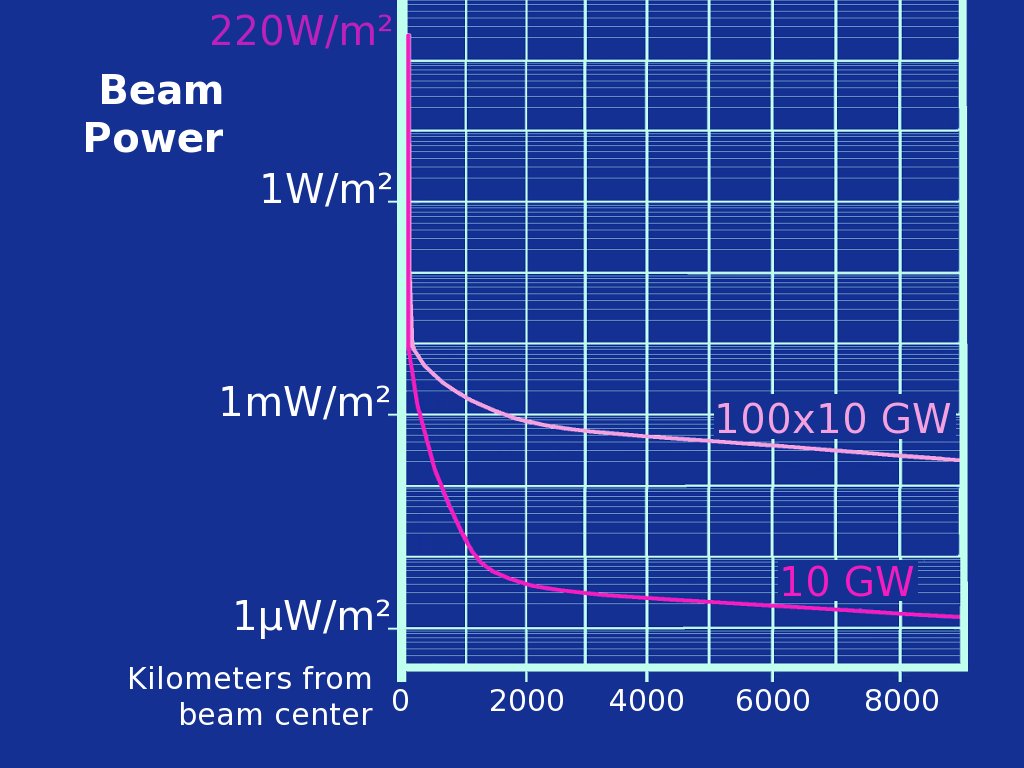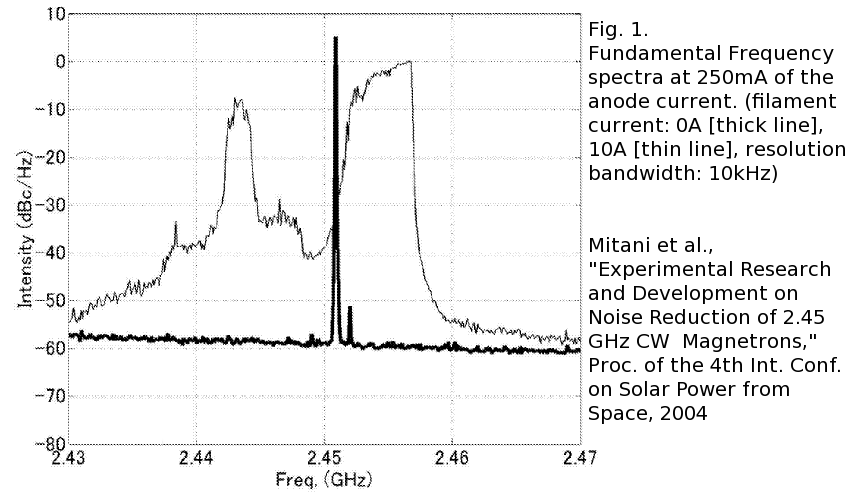|
Size: 3454
Comment:
|
Size: 3456
Comment:
|
| Deletions are marked like this. | Additions are marked like this. |
| Line 10: | Line 10: |
| PSR Probability of Detection: The PSR shall be capable of detecting a 1.0 m2 Radar Cross Section (RCS), Swerling 1 target to a range of 55 nmi in the clear and at the nose of the beam with a single scan Pd of 0.8 and a Probability of False Alann (PFA) of 10-6 • | PSR Probability of Detection: The PSR shall be capable of detecting a 1.0 m^2^ Radar Cross Section (RCS), Swerling 1 target to a range of 55 nmi in the clear and at the nose of the beam with a single scan Pd of 0.8 and a Probability of False Alann (PFA) of 10-6 • |
SSPS Interference with Airport Radar
ARSR-4: Air Route Surveillance Phased array Radar
ASR-11: Airport Surveillance Radar, Terminal Area
( AN/GPN-30 )
PSR Probability of Detection: The PSR shall be capable of detecting a 1.0 m2 Radar Cross Section (RCS), Swerling 1 target to a range of 55 nmi in the clear and at the nose of the beam with a single scan Pd of 0.8 and a Probability of False Alann (PFA) of 10-6 •
Operational Subclutter Visibility: Operational SCV shall be 42 dB minimum at all ranges for nonfluctuating targets.
|
ARSR-4 |
ASR-11 |
|
Band |
L Band |
S Band |
|
Peak Power |
60 kW |
25 kW |
|
Average Power |
|
2.1 kW |
|
Wavelength cm |
21.4-24.7 |
10.3-11.1 |
|
Frequency GHz |
1.21-1.39 |
2.7-2.9 |
|
Max interference |
? |
-117 |
dBm/MHz!! assumed EIRP |
LNA bandwidth |
? |
? |
|
IF bandwidth |
? |
1 MHz |
Table D2 pg 107 13-490 |
Polarization |
Linear |
Linear |
|
|
Circular |
Circular |
|
Beam width |
1.41° |
1.41° |
|
Beam Elevation |
2.2° |
4.8° |
|
Antenna Gain |
|
34dB |
|
Antenna Size |
9 x 7 m |
5 x 3 m |
|
Pulse width |
|
1μs |
|
|
|
80μs |
|
Coverage nm |
250 nm |
60 nm |
|
Coverage km |
463 km |
111 km |
|
Scan period |
12 sec |
12 sec |
|
Weather map |
36 sec |
|
|
# deployed |
43 |
213 |
13-490 Effects of Wimax on airport radar and weather radar.
Guessing about radar
If the antenna gain is 34dB, and the peak pulse power is 25 kW, that suggests that the EIRP is 63 MW. A 1 m2 target at a range of 111 km gets 400 microwatts of illumination. If that radiates back with a 1 steradian spread, it delivers 83 pW to the antenna, -70 dBm ?
|
Sidelobe graph, Cleaned up from Arndt 1978 |
|
This is the noise from a magnetron. Not sure how to interpret this - if we assume a 1 MHz bandwidth and extrapolate to -70 dBc/Hz at 2.7 GHz, how much noise power is that assuming a 15 mW carrier hitting the 5x3 meter antenna? |
Of course, the SSPS is not pointed at a radar, but it does create 100's of megawatts of sidelobe power lighting up the whole earth. THe radar dish does not point at SSPS overhead, but if there are 100 in orbit, some will be near the horizon within the 360 degree antenna horizontal and 40 degree vertical scan. A radar will see any SSPS that appears near the horizon, and at low elevation there will be significant atmospheric and terrain scattering.


